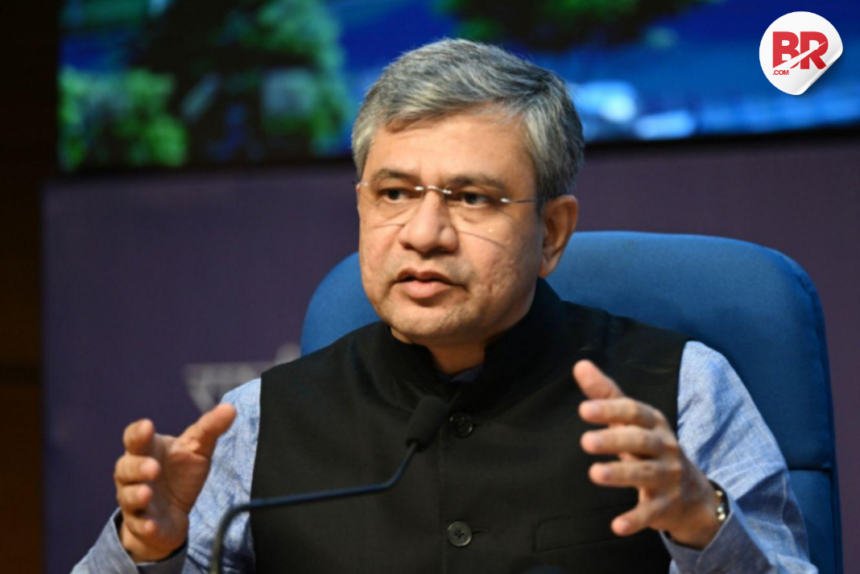
India’s first Made in India 28-90 nm chip will be ready this year. This major announcement came from Union IT and Electronics Minister Ashwini Vaishnaw at the CII Business Summit 2025. He confirmed that six chip manufacturing units are already under construction and that the first chip rollout will happen in 2025.
This isn’t just about tech—it’s about pride. For a country that was told to stick to services and leave semiconductors to the West, this moment changes the game.

What Does This Mean for India?
For everyday Indians, this is a big deal. Semiconductors power everything—from smartphones and laptops to trains and satellites. Making chips in India means lower import costs, more jobs, and faster innovation.
Vaishnaw pointed out that India focused on a specific market segment—28 to 90 nanometre—which accounts for 60% of global semiconductor demand. That’s not a gamble. That’s strategy.
And to the critics who scoffed when India entered chip manufacturing? Consider this the mic drop.
India stands at a pivotal moment navigating global uncertainties yet unlocking new opportunities in a rapidly shifting geopolitical and economic landscape@AshwiniVaishnaw #cii2025 #CIISummit @GoI_MeitY #LatestNews #theimpressivetimes pic.twitter.com/Pm7D4ju6dE
— The Impressive Times (@ImpressiveTimes) May 29, 2025
Why Now?
India began this journey in 2022. While it’s still early, the groundwork is strong. Six units are already being built, with support from global and local industry players. Vaishnaw emphasized that this isn’t about catching up—it’s about building India’s own IP, products, and design standards.
To put it simply: India doesn’t just want a seat at the tech table. It’s building its own.
Also Read The $700 Million Chip Plan Zoho Couldn’t Build—Is India’s Tech Dream Over?
AI, Railways, and the Bigger Vision
Vaishnaw didn’t stop at chips. He also spoke about Artificial Intelligence, calling it a revolutionary force on par with the internet. He stressed the need for AI models rooted in Indian languages and culture. Sarvam, an Indian initiative, is already working on one of the first culturally-trained models.
On the railway front, India has now become the second-largest cargo-carrying rail network globally, transporting over 1,612 million tonnes—beating both the US and Russia. That’s not just progress; that’s acceleration.
Vaishnaw also revealed that startups are thriving in the railway sector. A new policy will help test ideas on a small scale before rolling them out across the system.
The Bigger Message
Whether it’s chips, rails, or AI—India is moving fast. And this momentum isn’t accidental. It’s targeted, it’s structured, and above all—it’s unapologetically Indian.
“We should increase our work wherever we get opportunity,” Vaishnaw said. In simpler terms: Don’t wait to be invited to the future. Build it yourself.
Also Read Jewar’s Chip Factory Is Just the Start — What HCL-Foxconn JV Signals for India Is Bigger












